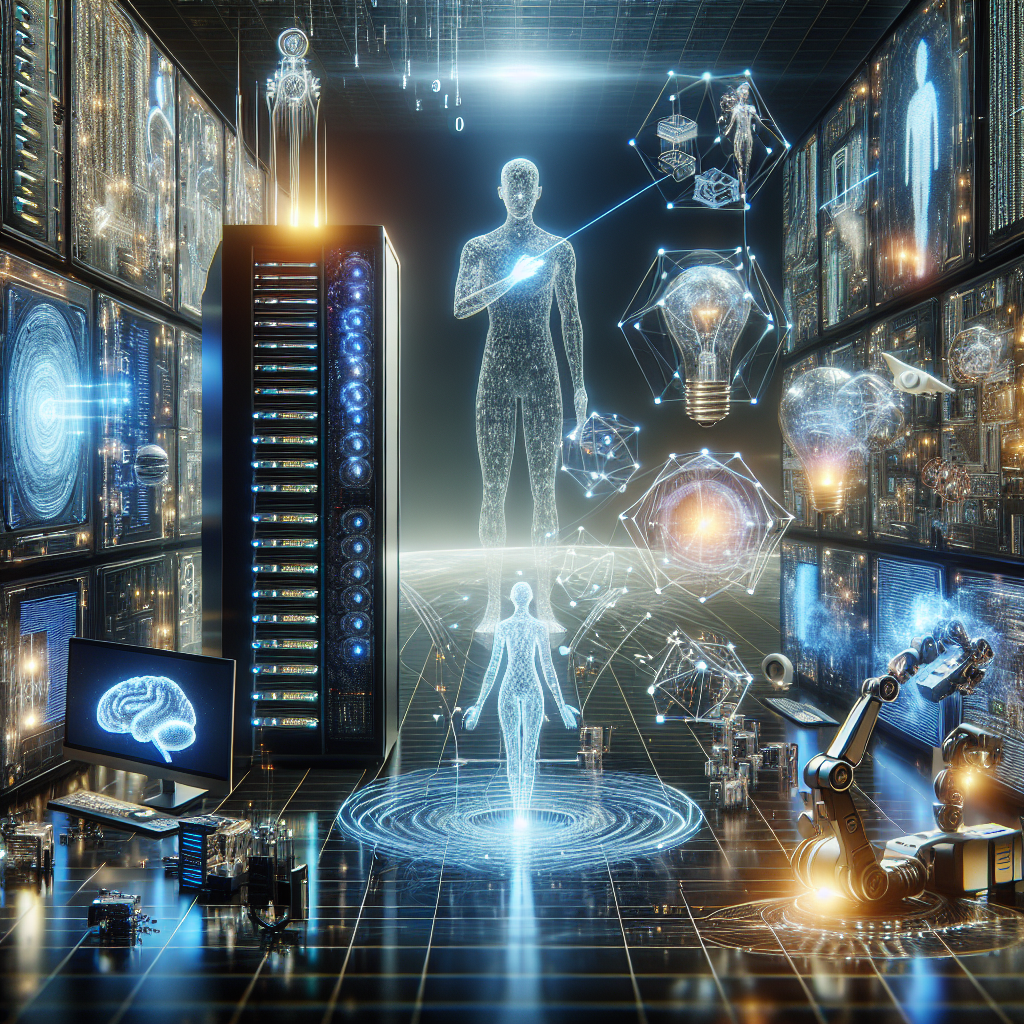The AI Revolution: Rethinking Massive Models with Human-Like Techniques
AI companies like OpenAI are developing new techniques that mimic human thinking to enhance large language models. This shift challenges the 'bigger is better' approach, focusing on alternative training methods that improve AI performance. These innovations could reshape AI hardware demand, particularly for Nvidia's inference chips.

Artificial intelligence firms, including OpenAI, are shifting towards training methods that resemble human cognition to better large language models. This innovational push challenges the prevalent 'bigger is better' dogma, paving a new path in the AI development landscape.
Industry experts reveal to Reuters that these techniques underpinning OpenAI's new o1 model may significantly alter the competitive dynamics within AI, impacting the resource demands from energy to specialized chips. The o1 model, crafted with human-like reasoning, suggests a departure from merely expanding data and computing capacity.
Prominent figures in the field, including Ilya Sutskever, highlight limitations in current AI scaling methods. As demand grows for inference chips over training models, companies like Nvidia face evolving competition, marking a pivotal shift in AI's technological arms race.
(With inputs from agencies.)










